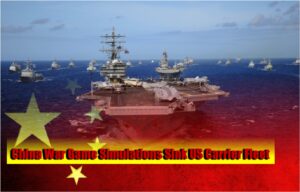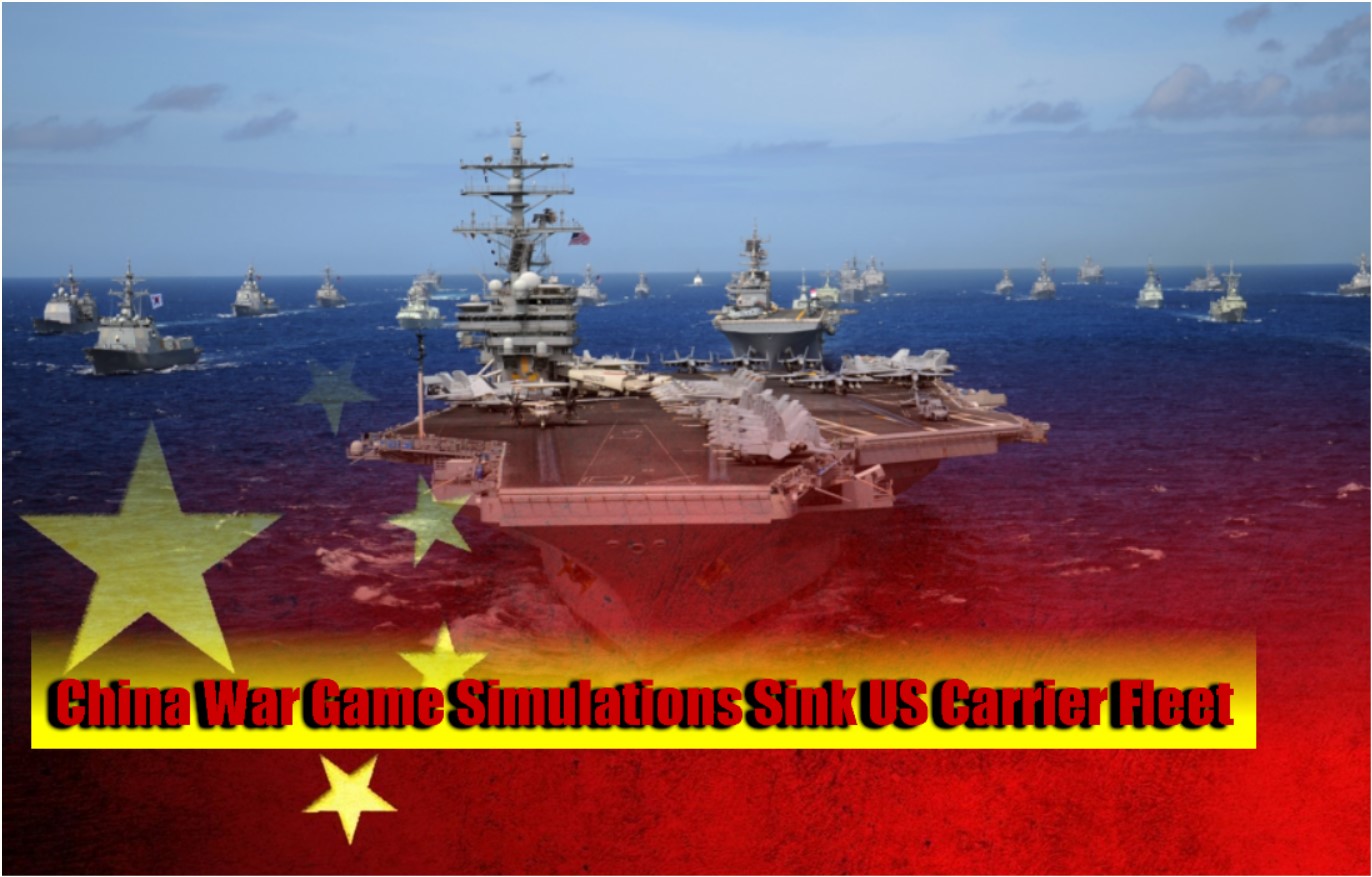 According to war game simulations run by a team of Chinese military planners, hypersonic weapons would destroy the largest and most expensive vessel in the U.S. Navy with “certainty.” In a series of more than 20 digitally simulated battles, Chinese forces sank the USS Gerald R. Ford and its accompanying carrier battle group using a three-wave attack of 24 hypersonic anti-ship missiles.
According to war game simulations run by a team of Chinese military planners, hypersonic weapons would destroy the largest and most expensive vessel in the U.S. Navy with “certainty.” In a series of more than 20 digitally simulated battles, Chinese forces sank the USS Gerald R. Ford and its accompanying carrier battle group using a three-wave attack of 24 hypersonic anti-ship missiles.
Over the course of the simulation, out of the six American vessels in the fleet, the Chinese military had an average destruction rate of 5.6 ships.
The war game also demonstrated that one of the Chinese hypersonic missile models had a range of over 2,000 miles. The missile could sink a carrier or large warship with just two hits, and it holds a success rate of 90%.
According to a Chinese report on the results of this test, they aimed to provide a realistic assessment of a potential battle by being “lenient with the enemy and strict with oneself.”
“Anyone who discusses publicly the outcome of a war game or simulation has a political objective, especially if they frame the result as a win or a loss,” said Drew Thompson, a former senior U.S. defense official who is now based at the Lee Kuan Yew School of Public Policy at the National University of Singapore.
The USS Gerald Ford is currently in the midst of its maiden combat mission and second deployment after departing from Norfolk, Virginia, earlier in May. The vessel came with a more than $13 billion price tag, as it boasts a number of next-generation technologies including electromagnetic catapults and advanced weapons elevators.
Exercises on this deployment of the ship will be aimed at helping the Navy “truly understand the new capabilities that this first-in-class carrier brings with it.”
While the USS Gerald Ford was the target of this latest set of simulations, the Chinese military has run a number of similar war games on American targets in the past, such as a possible confrontation with U.S. forces during a hypothetical invasion of Taiwan.

